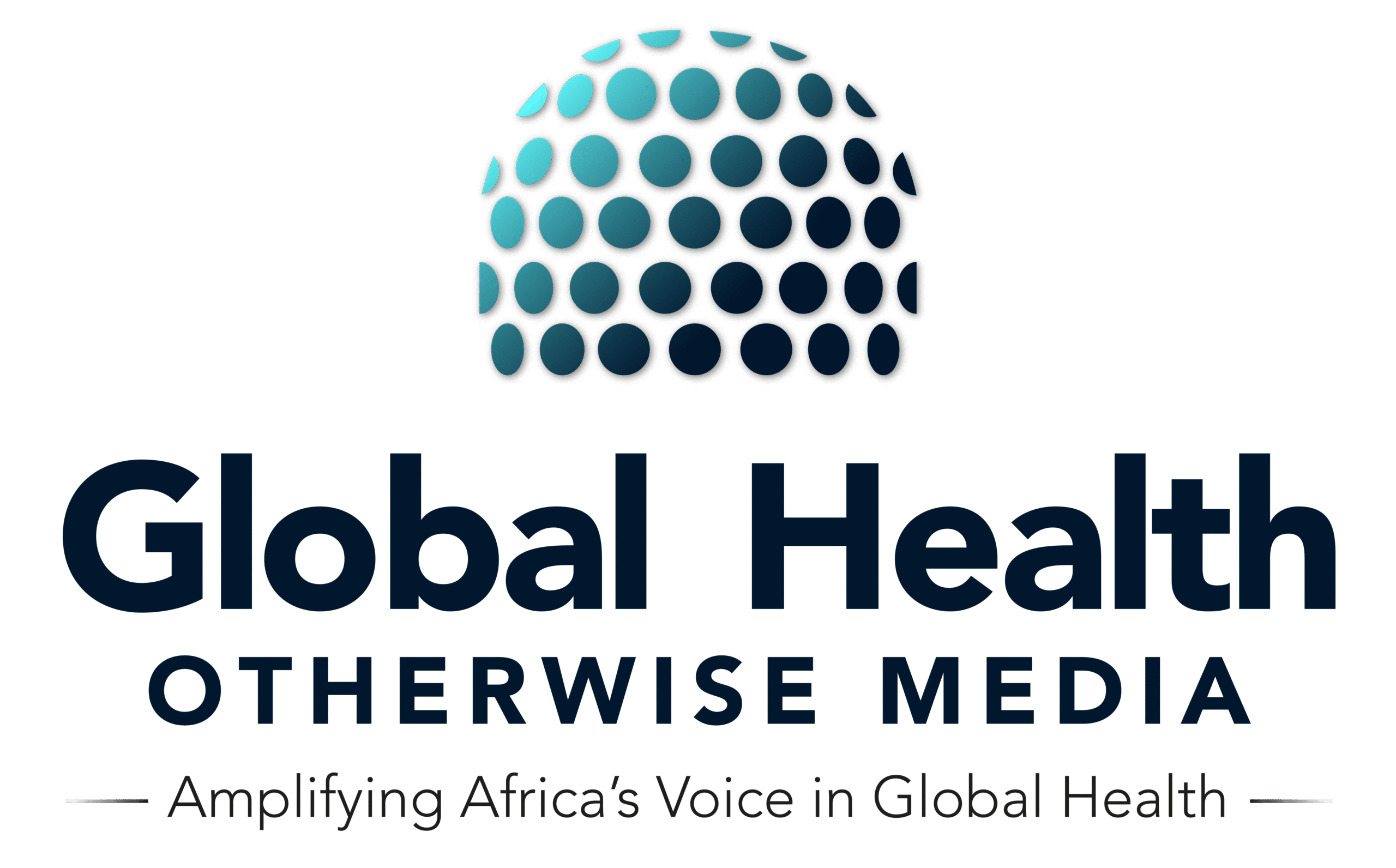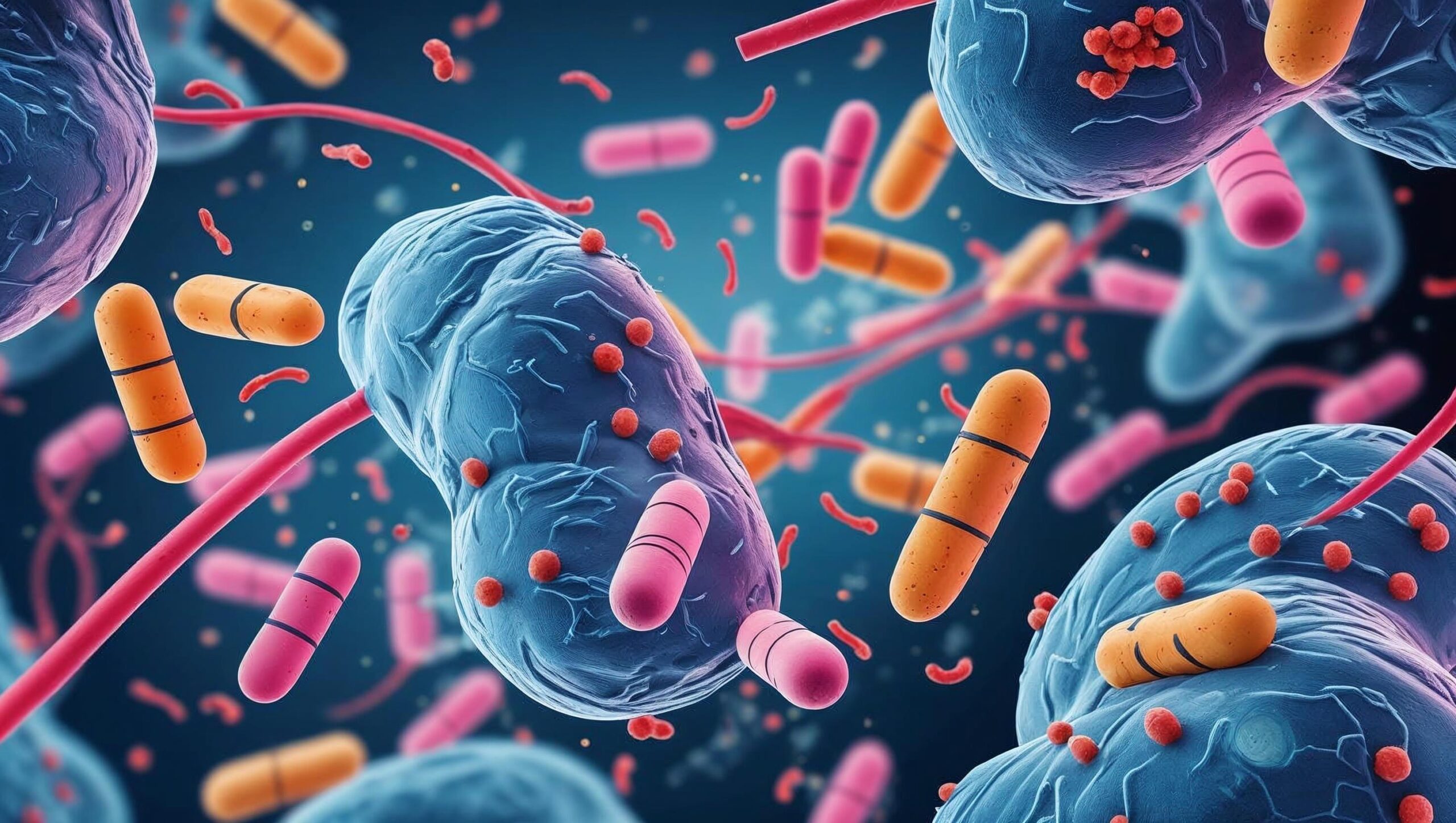AS DRUG RESISTANCE RISES, PUBLIC AWARENESS IS OUR BEST DEFENSE
For anyone who uses a computer, such as one running Windows Software, periodic updates and upgrades are nothing new. Each version brings something new – improved speed, enhanced security, and sleeker features, all designed to meet the demands of the digital world we live in today. But imagine trying to work on a Windows 7 computer from years ago. It would be slow, glitchy, and almost undoubtedly incompatible with today’s realities.
The need to update “software” is not just a technology issue. In public health, one can easily draw parallels with antimicrobial resistance (AMR), one of the most pressing health threats of our time. Just as outdated software becomes ineffective in a modern environment, drugs that were once reliable at treating infections are losing their efficacy. This is AMR, it occurs when microorganisms – bacteria, viruses, fungi, and parasites evolve and outsmart the drugs designed to kill them. Treatments that once cleared infections now struggle to work or fail altogether.
This growing resistance is not a distant threat, it is already claiming lives. According to the Global Research on Antimicrobial Resistance (GRAM) project, nearly 4.95 million deaths in 2019 were associated with bacterial resistance, with 1.27 million of these directly attributable to AMR.
Human Behaviour is Accelerating Resistance
The problem is not new. In the early 20th Century, chloroquine was the cornerstone of malaria treatment. Over time, its effectiveness waned as resistance spread. Thanks to innovation, Artemisinin-based Combination Therapies (ACTs) emerged in 2005 and have since played a crucial role in driving progress toward malaria control and elimination. However, two decades later, history is repeating itself. Artemisinin resistance has begun to surface, first in the Greater Mekong subregion and now, worryingly, in Africa, with Rwanda and Uganda showing early signs of reduced drug efficacy.
The resurgence of resistance in malaria treatment is just one piece of a broader and more complex puzzle. AMR is increasing across a wide range of diseases, driven by a mix of the natural process of evolution and human behaviour. It is crucial to understand that our actions, such as the overuse and misuse of antimicrobial drugs in both humans and animals, are accelerating this resistance.
In human health, antibiotics are among the most frequently prescribed medicines. Yet many are used unnecessarily, such as when taken for viral infections like the common cold, or are not taken for the full prescribed duration. This gives pathogens a chance to adapt and survive. In agriculture, antimicrobials are often used not only to treat infections in livestock but also as growth promoters. Beyond drug use, poor sanitation, unsafe food handling, and weak infection control measures all contribute to the rapid spread of resistant organisms.
A Global Call for Coordinated Action
Recognizing AMR as a complex and urgent problem, the World Health Organization (WHO) has led a global call for action. Central to its strategy is the One Health Approach, which advocates for unified efforts across human health, animal health, agriculture, and the environment. The WHO’s Global Action Plan on AMR has served as a blueprint for countries to develop their national action plans, tailored to their specific contexts.
A key pillar of both the global and national plans is public awareness. Yet, for the most part, education around AMR remains minimal, often concentrated around World Antimicrobial Awareness Week each November. This short burst of activity is nowhere near enough to drive sustained behaviour change. We need to ensure that public awareness is a continuous effort, particularly when it comes to encouraging responsible drug use. This is a responsibility that we all share.
This, therefore, raises the question: How can countries build awareness that drives lasting impact?
What Can African Countries Do?
One starting point lies in stronger cross-sectoral coordination. Ministries of Health, while central to the AMR response, cannot tackle it alone. Joint efforts among the agriculture, water, and sanitation sectors can lead to more comprehensive and well-funded education strategies as well as more targeted public education.
Frontline health workers also need to be part of the solution. Nurses, doctors, and pharmacists must be trained not only to prescribe medications appropriately but also to communicate effectively with patients about the importance of responsible drug use. Preserving the effectiveness of existing treatments is crucial, especially given the prohibitive costs and lengthy timelines required to develop alternatives.
At the grassroots level, community health workers (CHWs) are trusted members of their communities. With proper training, they can serve as influential educators within households, helping to shift attitudes and behaviours around drug use from within the communities they serve.
Furthermore, existing programmes in both health and agriculture provide valuable opportunities for integration. Extension officers working with farmers can promote responsible antibiotic use in animals. In health, WASH (Water, Sanitation, and Hygiene) initiatives and social behaviour change campaigns can embed AMR messaging into their ongoing work, making it part of everyday conversation rather than an abstract global issue.
Public Awareness is Our First Line of Defense
Ultimately, the fight against AMR rests not only in laboratories or policy rooms, but in the hands of ordinary people. The misuse of medication by individuals, whether due to habit, lack of knowledge, or misinformation, is a significant contributor to the development of drug resistance. However, this also means that individuals have the power to slow it down. Each person’s informed choices can make a significant difference in this global battle.
With proper education, awareness, and support, people can make informed choices that safeguard the effectiveness of the medicines they rely on, not just for themselves, but for generations to come.

